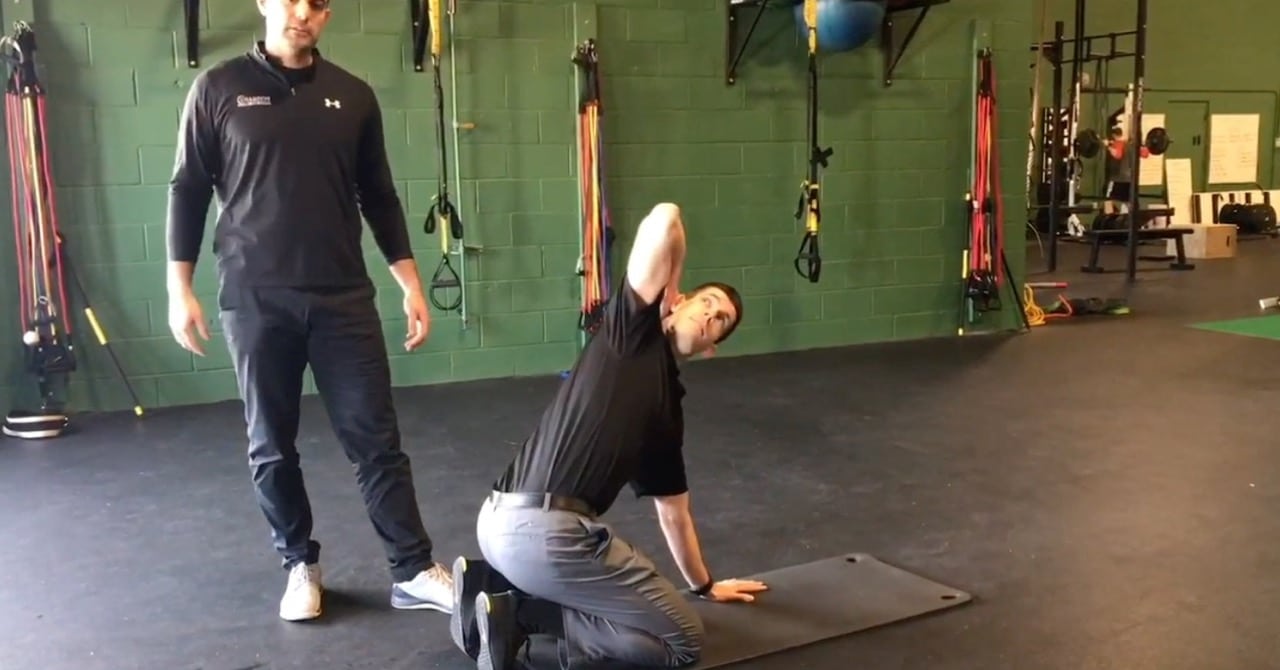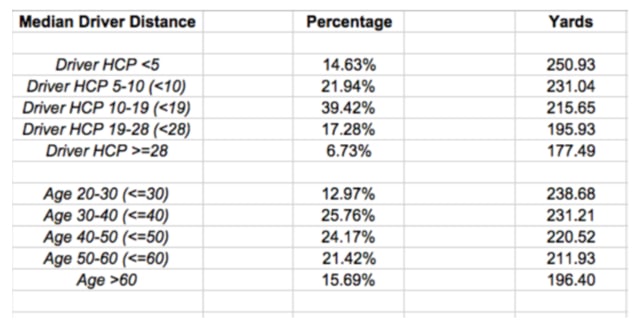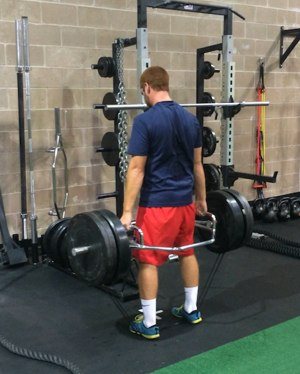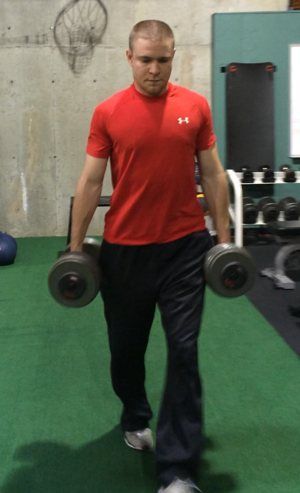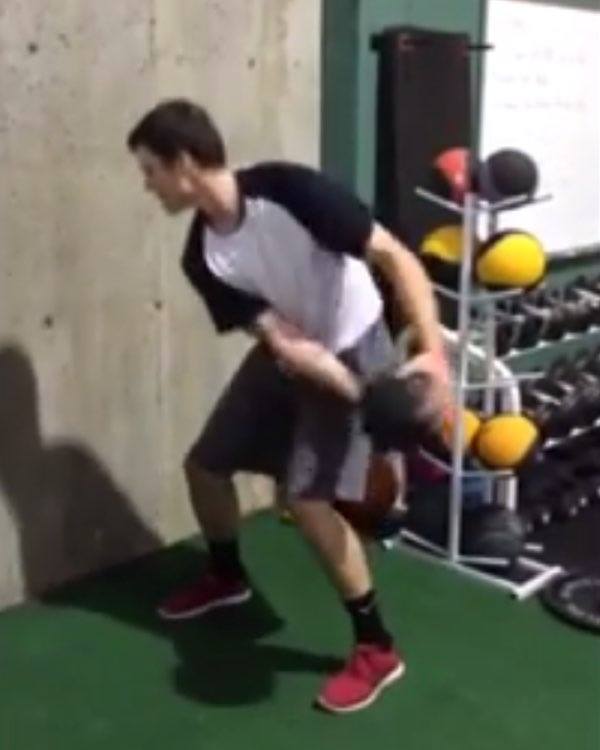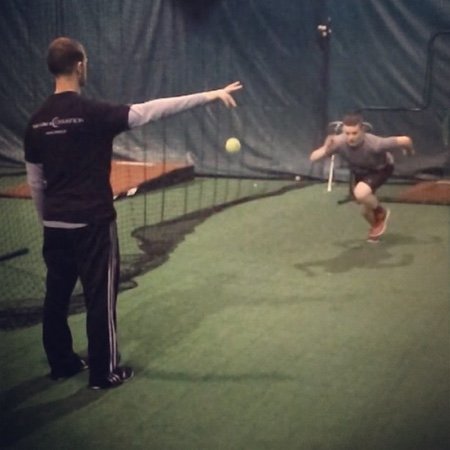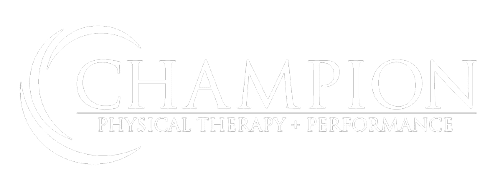How to Drive the Golf Ball Farther
One of the most common questions we get at Champion from our golfers is “how do I hit my drive farther?”
There is no doubt that driving distance is crucial in the modern golf game. As golf courses continue to get longer and more challenging, the premium on hitting long, straight, consistent drives continues to grow.
Driving distance has increased substantially on the PGA Tour over the last 20 years and some pros even look discouraged after they hit a 320 yard drive right down the center of the fairway.
We are clearly in the Distance Era in pro golf. As equipment technology continues to improve and players are getting stronger and faster, it’s no wonder that the worlds best are blasting monster drives.
On the amateur golf levels, however, we have seen a less dramatic increase in driving distance. In fact, amateur golfers with a handicap of less than 5 have only had an average distance increase of roughly 5% since 1996. Compared to the nearly 12% increase in the same time span in professional golf, it is clear that amateurs are struggling to keep pace in the distance era.
Want to see how you compare?
Look at the chart below and see how far golfers of similar skill level to you are hitting the ball. It is no mystery that longer and straighter drives are correlated to lower golf scores, so it makes sense that lower handicap golfers hit the ball farther on average. More distance off the tee can lead to using a shorter iron for an approach shot, more greens hit in regulation, and more made putts.
If you currently don’t hit the ball as far as the average player in your handicap bracket or you are looking to lower your handicap, you will benefit greatly from more distance off the tee.
Credit: Golf Digest
Luckily, most golfers can increase their driver distance fairly easily by focusing on a few things.
In our Golf Performance Program at Champion, we break driving distance down into three interconnected components. In order to reach your distance potential, golfers need to maximize each component.
While many golfers are quick to buy new clubs or even take golf swing lessons, very few focus on improving their physical characteristics. This in fact may be backwards. If you have limitations in your mobility, strength, or power, it’s going to be hard to drive the golf ball as far as you can no matter how good your clubs are!
Don’t forget, most adults slowly lose mobility, strength, and power as we age and sit all day at work.
Research related to golf performance has continued to show the benefits of a strength and conditioning program with the emphasis on mobility, strength, and power to improve driving distance and golf performance. This research shows that working on mobility of the trunk, hips, and shoulders while developing strength and power in the legs, trunk, and arms can lead to increases in club head speed of 2-6%.
3 Steps to Drive the Golf Ball Farther
Based on the above information, we often focus on 3 steps to improve your driving distance and maximize your potential. Follow these 3 steps to hit your drives farther and you’ll be well on your way to lower golf scores.
Step 1: Optimize Mobility
The golf swing requires the body to move through a large range of motion at multiple joints at a high rate of speed. This repetitive motion requires a great deal of mobility and stability of your joints and flexibility of your muscles to achieve a consistent, powerful swing. If you are a golfer who works a 40+ hour per week desk job and often feels tight and stiff, working on mobility is the first major step to take to increase your distance. A lack of mobility in key areas can lead to suboptimal swing characteristics that drain power out of your golf swing.
Improving mobility has been shown to improve performance and can potentially decrease the amount of stress on certain areas of the body that the golf swing creates. Gaining mobility does not have to involve complicated drills that force your body into uncomfortable positions. In fact, we have found that low to moderate intensity mobility drills performed consistently over a period time can be effective.
While mobility of your hips and shoulder are super important, one area that has the biggest bang for the buck tends to be your thoracic spine. Any limitation in how well you spine rotates is going to limit your backswing and decrease the power of your golf swing.
Here’s an example of a great mobility drill that all golfers should perform routinely, we usually recommend on a daily basis. Try this and be sure to also perform it prior to your next round of golf too
Step 2: Build Strength
Strength training for golfers has been shown to improve performance metrics in golfers of all levels in previous research. A golfers routine should focus on building baseline strength through training the fundamental movement patterns such as the squat, hinge, push, pull, and lunge while also having more golf-specific components and core training. Getting stronger overall has been shown to have a significant correlation to clubhead speed. This increase in swing speed has been reported to show increases in driving distance of up to 4-5%, meaning golfers can increase their drives by 8-10 yards simply by getting stronger.
Remember, a powerful swing starts with strong legs. Try this exercise at home by performing 3 sets of 8-12 reps 2-3 times per week. Be sure to slowly go up in weight when it gets easy:
Step 3: Increase Power Development
In the golf swing, power is developed through creating ground reaction forces with the lower body, transferred from the ground through the core, and dissipated with the arms as the clubhead accelerates to impact.
For optimal performance, this transfer of energy occurs in a specific sequence known as the kinematic sequence. An optimal transfer of energy through the kinematic sequence leads to less energy wasted and a maximal amount of energy transfer to the ball at impact, leading to higher club head speed and greater distance.
Power development has three major components: muscular strength, rate of force development, and the amount of force that can be developed at high velocities of movement. Golfers must have baseline strength to safely and efficiently transfer power (see step 2 above), and be able to move explosively through a rotational movement to develop large amounts of force at a high velocity to generate club head speed.
Golfers training, therefore, must incorporate exercises that are specific to the needs of the golf swing.
For golf, this tends to be focusing on rotational power. Check out one of our favorite drills for power development in golfers.
Playing the best golf of your life this year does not have to be complicated or tedious process. Spending some time working on improving your mobility, gaining strength and power, and utilizing a few key swing tips from a coach can go a long way to hitting the ball farther and shooting lower scores.
Focus on the 3 steps of improving mobility, strength, and power and you’ll easily add distance to your drive and start lowering your golf handicap.
Want to Take Your Golf Game to the Next Level?


